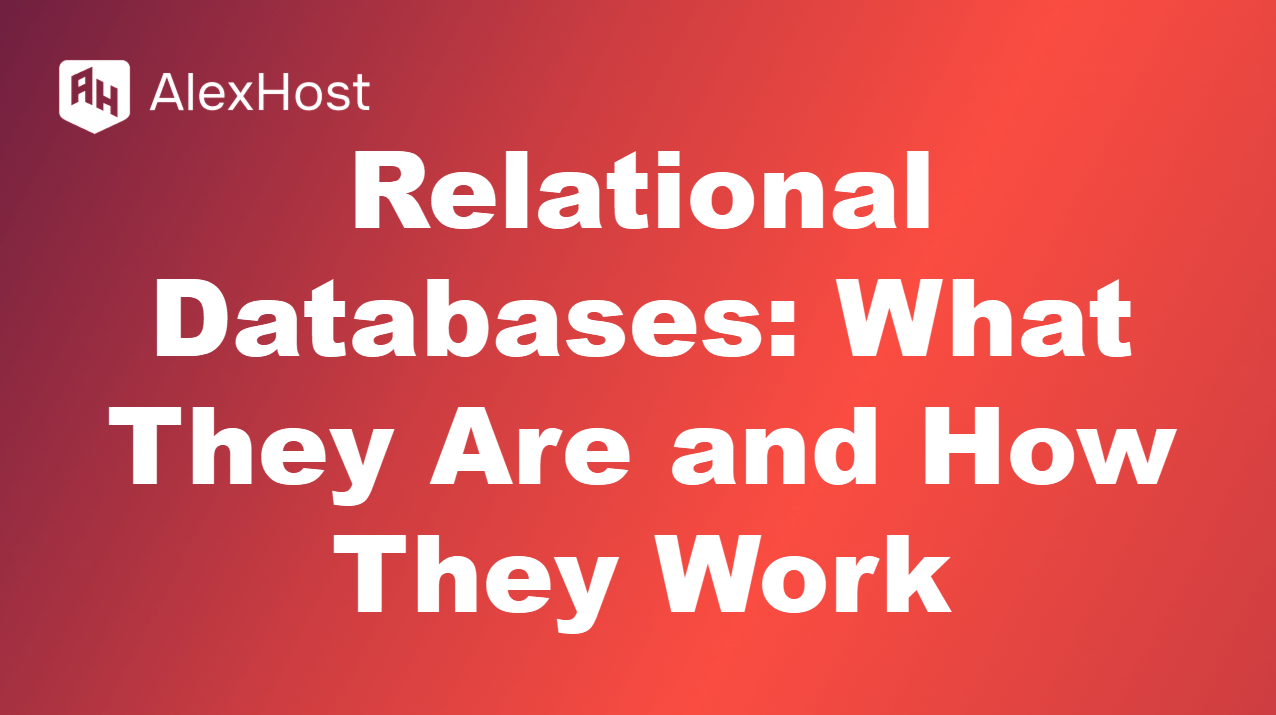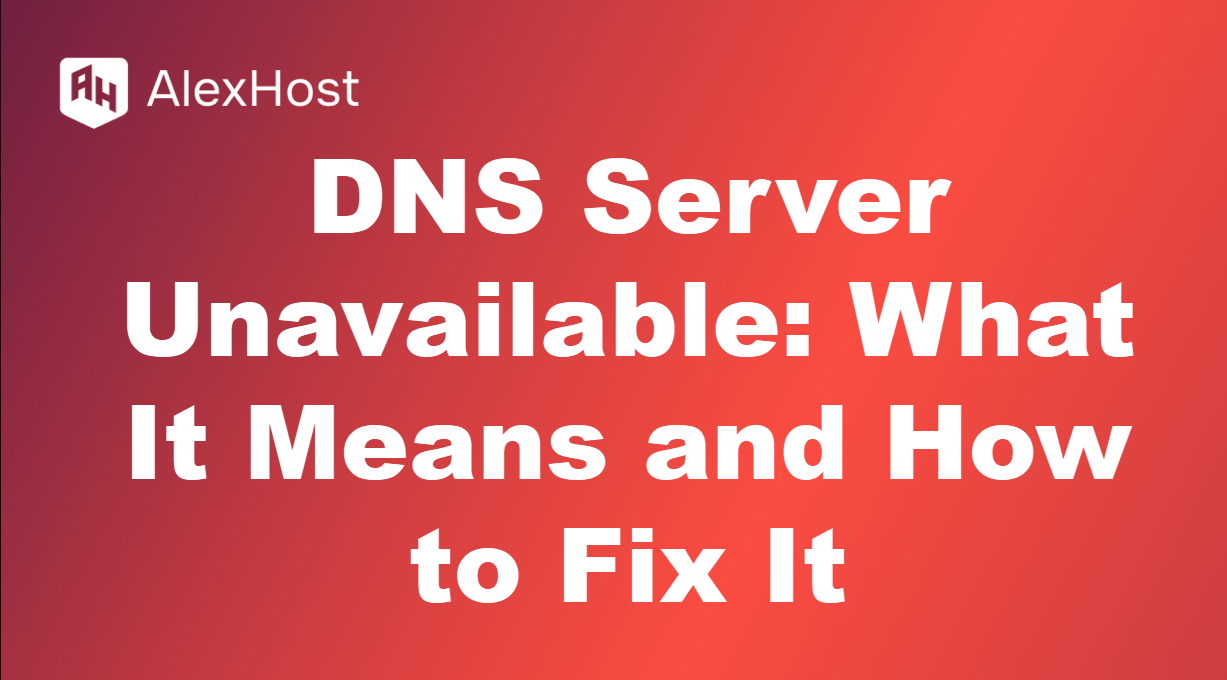Remote Desktop Protocol (RDP) allows users to access and control a remote computer over a network as if they were sitting directly in front of it. While RDP is natively supported by Windows, Ubuntu doesn’t come with built-in RDP support. However, you can easily set up an RDP server on your Ubuntu machine and connect […]
The RDP protocol (Remote Desktop Protocol) is a proprietary protocol developed by Microsoft that allows users to remotely connect to and control another computer over a network. It is widely used by businesses and IT administrators to provide remote access to servers, computers, or virtual machines. RDP makes it possible to perform tasks on a […]
How to Create a Corporate Email: A Step-by-Step Guide for Businesses A corporate email is an essential communication tool for any business. It projects professionalism, builds brand identity, and helps manage communication efficiently within and outside your organization. Unlike generic email services like Gmail or Yahoo, a corporate email uses your company’s own domain (e.g., […]
HTTP vs HTTPS: Why Secure Protocols Matter for Websites on AlexHost VPS Why switch from HTTP to HTTPS on AlexHost?When it comes to website security, the choice between HTTP and HTTPS determines how safely data travels between your visitors and your server. While both protocols handle communication between browsers and web servers, HTTPS adds a […]
A BAT file (or batch file) is a simple text file containing a series of commands that are executed by the Windows Command Prompt (cmd.exe). BAT files are often used to automate repetitive tasks, manage system operations, or perform batch processing of files. They are widely used for scripting and can execute commands like launching […]
In Linux-based systems, especially those using Debian or Ubuntu as their base, software is often distributed in .deb (Debian package) format. These packages contain all the files and dependencies needed to install and run a particular application. Installing .deb packages is a straightforward process, but there are multiple ways to do it, depending on the […]
A CSR (Certificate Signing Request) is a block of encoded text that an organization or individual submits to a Certificate Authority (CA) when applying for an SSL certificate. The CSR contains information that the CA uses to create the certificate, such as the applicant’s public key and the organization’s details. This certificate is then used […]
Relational Databases on AlexHost VPS: Efficient Data Management Why use relational databases on AlexHost? Relational databases organize structured data into tables for efficient storage and retrieval, powering apps from e-commerce to healthcare. AlexHost’s VPS with NVMe SSD storage, LiteSpeed, full root access, and DDoS protection ensures high-performance, secure relational databases like MySQL or PostgreSQL. This […]
When it comes to enhancing your online privacy, securing your connections, and accessing restricted content seamlessly, AlexHost’s dedicated servers provide the perfect infrastructure for setting up robust and reliable proxy servers. With high-performance hardware, lightning-fast SSD storage, and customizable configurations, AlexHost ensures that your proxy setup delivers optimal speed, security, and efficiency. Whether you’re managing […]
When you see the message “DNS server unavailable”, it means that your device is unable to communicate with the DNS Service (Domain Name System) server, which is responsible for translating domain names (like example.com) into IP addresses that computers use to locate websites. This error prevents you from accessing websites because your device can’t resolve […]
















